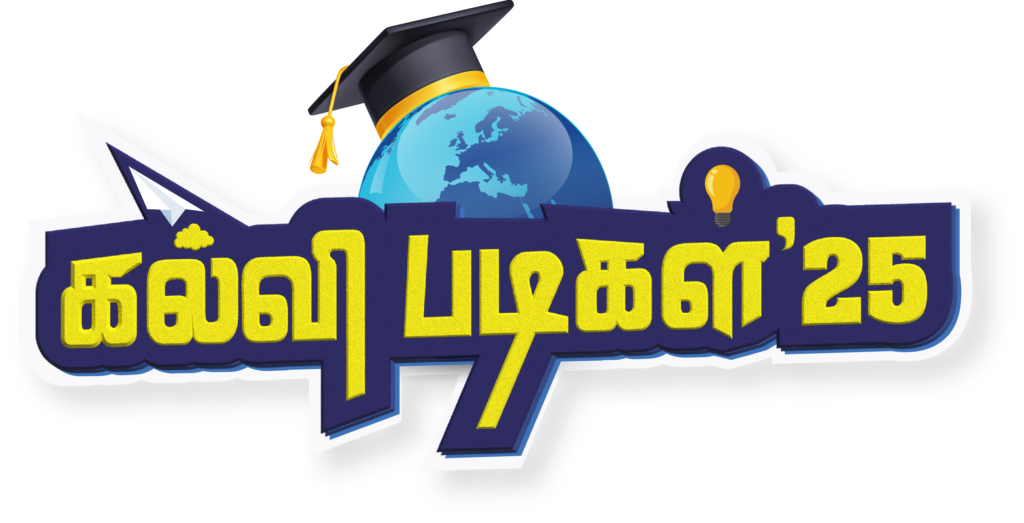Artificial Intelligence (AI) and Data Science have emerged as two of the most dynamic and in-demand fields in the engineering landscape. Once considered futuristic concepts, they are now actively transforming every industry — from healthcare and finance to agriculture and education. For students who are planning their career path after 12th grade, understanding the scope of AI and Data Science in engineering is not just helpful — it is essential.
In this blog, we’ll explore what these domains are, how they are used in the real world, the career opportunities they open up, and how students can start preparing for a future in this exciting field.
1. What is Artificial Intelligence & Data Science?
Artificial Intelligence (AI) is the science of creating machines that can mimic human intelligence such as learning, problem-solving, and decision-making. It involves technologies like Machine Learning (ML), Natural Language Processing (NLP), Computer Vision, and more.
Data Science, on the other hand, involves collecting, processing, analyzing, and interpreting large volumes of data to uncover patterns and insights. It leverages AI and ML techniques to turn data into actionable decisions.
Everyday Examples:
- Virtual assistants like Alexa and Siri
- Personalized recommendations on Netflix and Amazon
- Chatbots on websites
- Fraud detection systems in banks
- Self-driving cars
Together, AI and Data Science are powering innovation and driving efficiency across sectors.
2. Why Are AI & Data Science Important in Engineering?
Engineering is no longer confined to just machines, buildings, or electronics. Modern engineering solutions require intelligent systems that can adapt, learn, and evolve. This is where AI and Data Science play a vital role.
Impact Across Industries:
- Healthcare: AI-driven diagnostics, predictive healthcare, and robotic surgeries
- Finance: Fraud detection, algorithmic trading, and credit scoring
- Agriculture: Crop prediction, smart irrigation, and drone monitoring
- Education: Adaptive learning platforms and automated grading
- Manufacturing: Predictive maintenance, quality control using AI
By integrating AI and Data Science, engineers are able to design smarter, more efficient systems that respond to real-world data and deliver better outcomes.
3. Popular Engineering Courses Focused on AI & Data Science
With rising demand, many engineering colleges now offer specialized undergraduate programs that focus on AI and Data Science.
Popular Courses:
- B.Tech in Artificial Intelligence and Machine Learning
- B.Tech in Data Science and Engineering
- B.Tech in Computer Science with AI Specialization
- B.E. in AI & Robotics
- Certifications from platforms like Coursera, edX, and Google AI
These courses are designed to provide students with foundational knowledge in computer science, along with hands-on training in AI algorithms, data handling, and real-time applications.
4. Career Opportunities After Studying AI & Data Science
The career prospects in AI and Data Science are not only vast but also extremely lucrative. Professionals in this field are in high demand across startups, MNCs, research labs, and government projects.
Top Roles Include:
- Data Scientist
- AI Engineer
- Machine Learning Engineer
- Business Intelligence Analyst
- Computer Vision Engineer
- NLP Specialist
Industries Hiring:
- IT & Software
- Healthcare
- Fintech
- E-commerce
- Education Technology
- Automobile & Robotics
Salary Trends:
- Entry-level roles offer salaries between ₹5 – ₹12 LPA
- With experience and specialization, professionals can earn ₹20 LPA and beyond
5. What Skills Do You Need to Succeed in AI & Data Science?
While AI and Data Science may sound complex, with the right guidance and preparation, students can acquire the skills needed to thrive in this field.
Essential Skills:
- Programming Languages: Python, R, Java, SQL
- Mathematics & Statistics: Linear algebra, probability, and calculus
- Data Handling: Data wrangling, visualization (using tools like Tableau, Power BI)
- Machine Learning: Supervised/unsupervised learning, neural networks
- Cloud Platforms: AWS, Azure, Google Cloud
- Soft Skills: Logical reasoning, critical thinking, problem-solving
Many institutions provide foundational courses in the first year itself, enabling students to build these skills progressively.
6. The Future Scope: 2025 and Beyond
AI and Data Science are not just trends; they are foundational to the next phase of technological evolution — Industry 4.0.
What’s Coming Next:
- Expansion of smart cities powered by real-time AI analytics
- AI-powered education systems personalized to each student
- Healthcare diagnostics driven by AI imaging and predictive algorithms
- Surge in automation across manufacturing and logistics
According to NASSCOM, India will need over 1 million AI & Data Science professionals by 2026. Now is the right time to enter this domain.
7. What Students Should Know Before Choosing This Path
Before jumping into AI and Data Science, students should assess their interest and commitment.
Common Questions:
- Is it math-heavy? Yes, a basic understanding of mathematics is required.
- Is coding compulsory? Programming is central to AI, but beginners can start small.
- Is it only for computer science students? No, interdisciplinary students with interest can also excel.
Key Advice: If you enjoy solving problems, working with data, and are curious about how technology works — AI & Data Science might be your ideal path.
Meet Colleges at Kalvi Padigal ’25 Offering AI & Data Science
Kalvi Padigal ’25 is your one-stop destination to connect with top engineering institutions offering AI and Data Science programs.
Why Attend the Expo?
With over 40+ colleges and institutions under one roof, this is the perfect opportunity to plan your future.

